The InSet™ Glenoid Implant was designed to address the number one issue in Total Shoulder Arthroplasty, Glenoid Loosening.
Addressing Glenoid Loosening
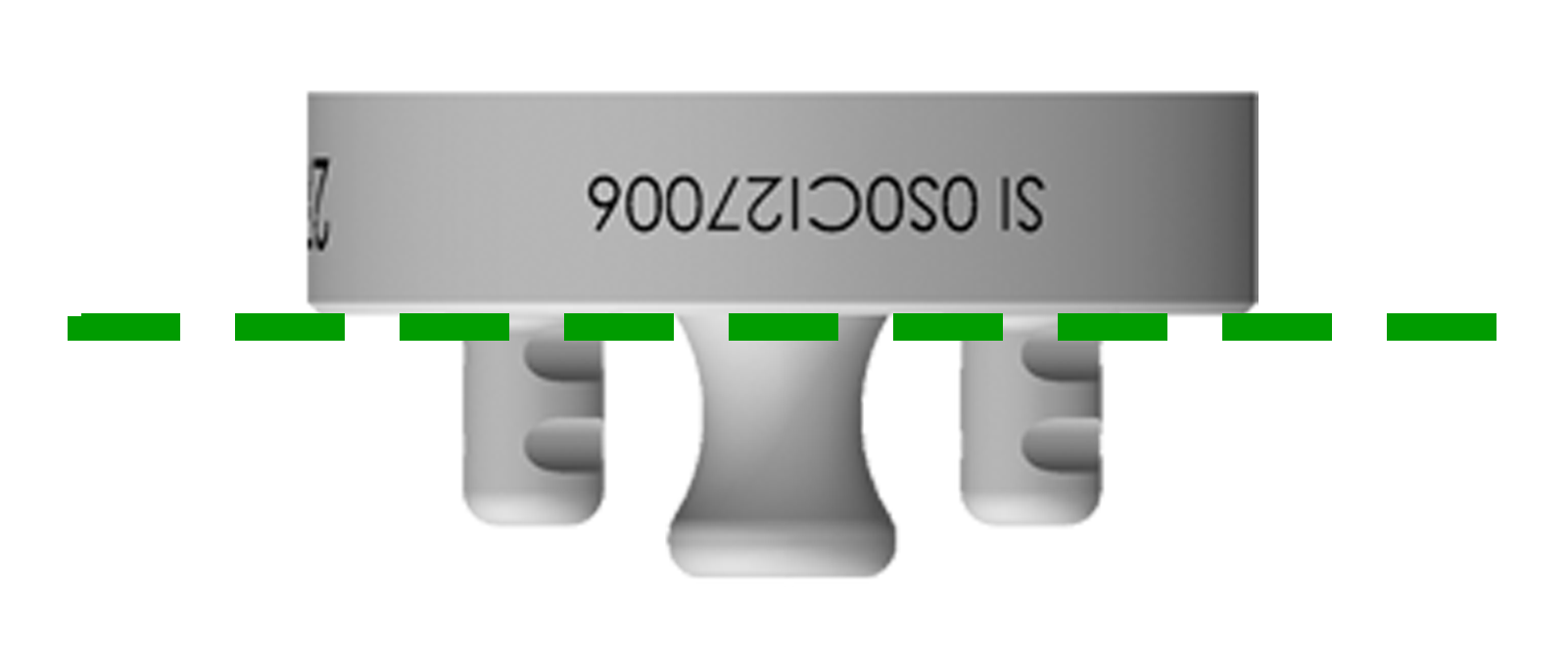 Flat Fixation Surface to Resist Rocking Horse Motion
Flat Fixation Surface to Resist Rocking Horse Motion
The problems encountered with current total shoulder replacement models are based upon the fact that the glenoid sits on top of the bony surface.
So when the humerus goes up and down, rotates, and slides back-and-forth, it rocks the glenoid loose potentially because it’s sitting on the surface.
The Shoulder Innovations InSet™ Glenoid was designed to reduce this motion and subsequent loosening of the glenoid component.
The effects of the Rocking Horse motion were addressed in the design with a variety of features.
The result has been an 87% reduction in implant displacement when compared to a traditional onlay glenoid.
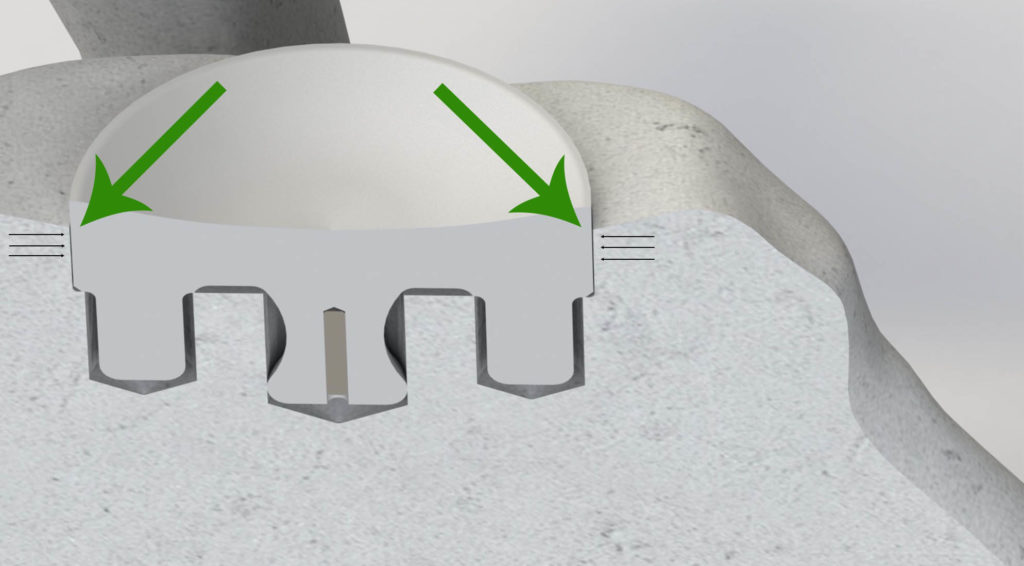 InSet™ Design to Maximize Peripheral Bone Support
InSet™ Design to Maximize Peripheral Bone Support
This Isn’t An Inlay or An Onlay Glenoid
A key attribute that allows for a reduction in displacement is in the mechanical interface of the InSet™ design at the circumference.
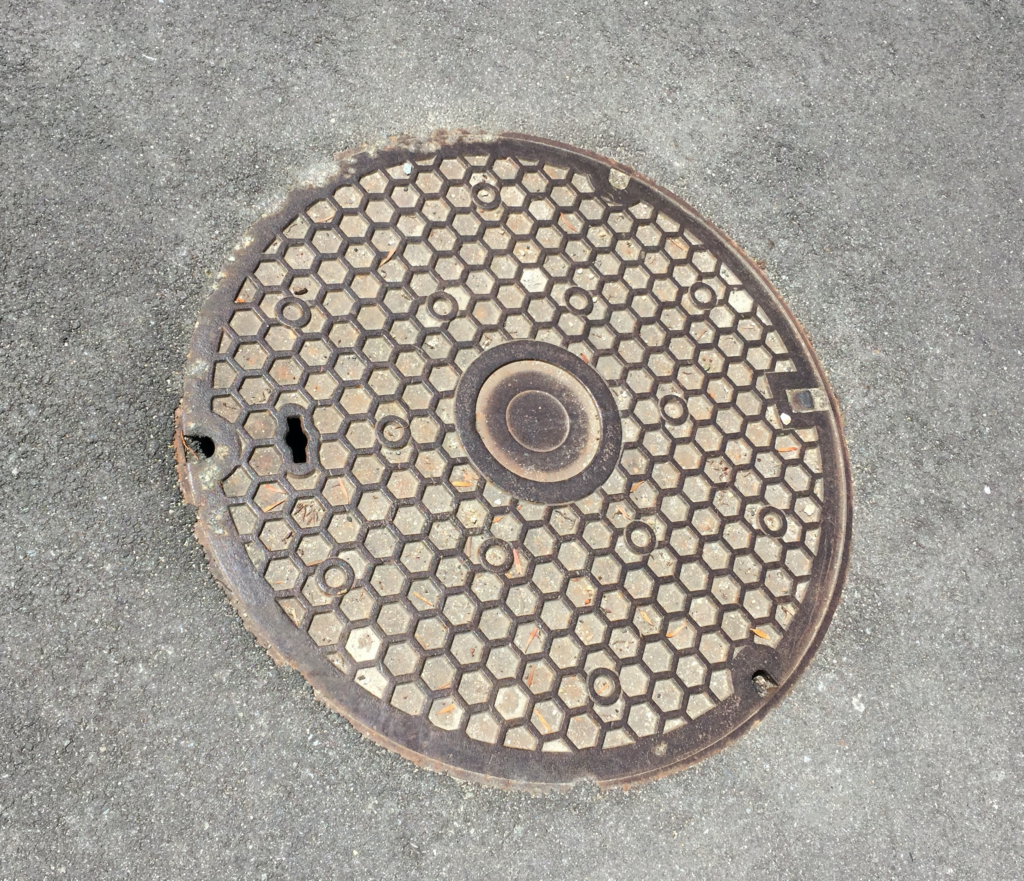
Much like a manhole cover, the InSet™ Glenoid sits inside a rim of hard, sclerotic bone that encompasses and supports the entire device 360 degrees at the very edge of the implant.
Articular Geometry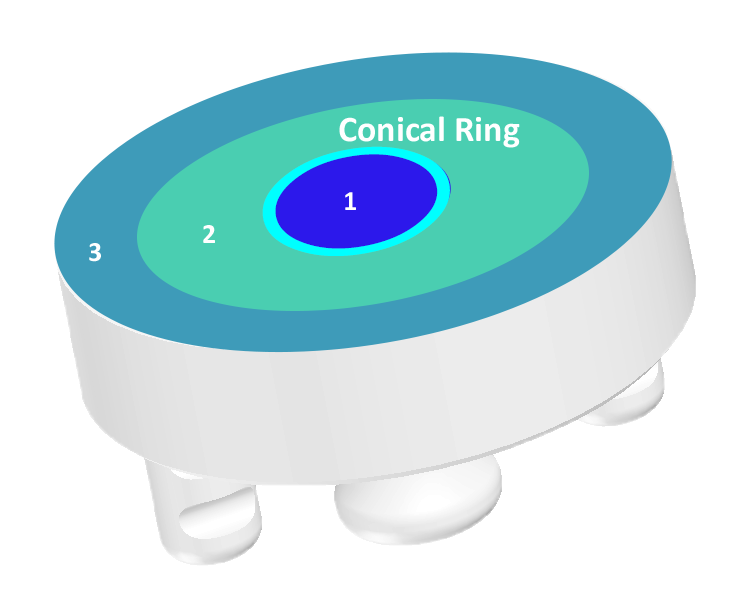
The articular surface of the InSet™ glenoid incorporates three different radii, or zones, which allow for complete interchangeability, reduced compressive forces, and minimizes the rocking horse effect.
The central zone of the SI glenoid, shown here in dark blue, is a conical shape.
This provides for a ring of contact in the polyethylene in an area where the humeral head typically tracks when at rest. This ring is represented by the light blue ring.
This central cone is the same for all glenoids and allows for complete interchangeability of heads and glenoids within the SI system.
The second ring is a highly conforming area that is designed to optimize the conformity when the patient abducts the arm, a common motion during daily activities.
This conforming zone was designed, partly, because of studies which looked at the motion of the humeral head when the arm is abducted. One study by Patel states that the average translation of the humeral head on the glenoid is approximately 5mm, in the posterior direction.
The outer radius or zone of the articular surface offers a larger radius mismatch of the glenoid to the humeral head. 6
The larger radius allows the head to translate when necessary without catching on the lip of the implant, as may occur in traditional onlay components. This large radius is designed to reduce the incidence of the rocking horse motion.
Optimally Controlled Cement Mantle
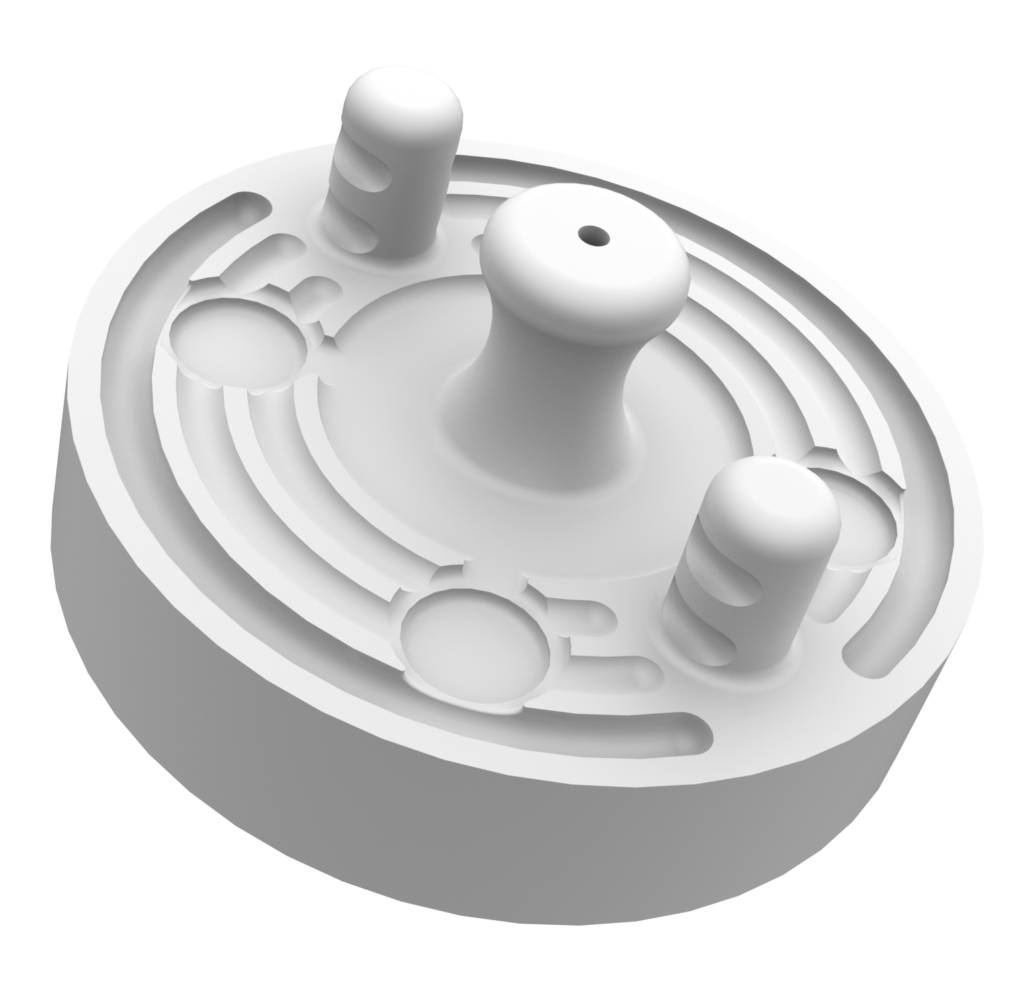
The backside of the Shoulder Innovations Glenoid was designed to optimally control the cement mantle of the final implant.
The design includes the following characteristics that work in conjunction with the bone cement and bone to allow for the control of the mantle.
The backside of the implant incorporates 2 mm diameter peripheral cement channels designed to allow for a cement mantle that will resist breaking or cracking.
The undercut or hourglass shape of the 6.5 mm diameter central peg was designed to capture bone cement and resist pull out under load.
The central glenoid peg was designed with a line to line fit, with the prepared drill hole, at the distal end of the peg to allow for pressurization of bone cement into the surrounding bone.
Bone Preservation
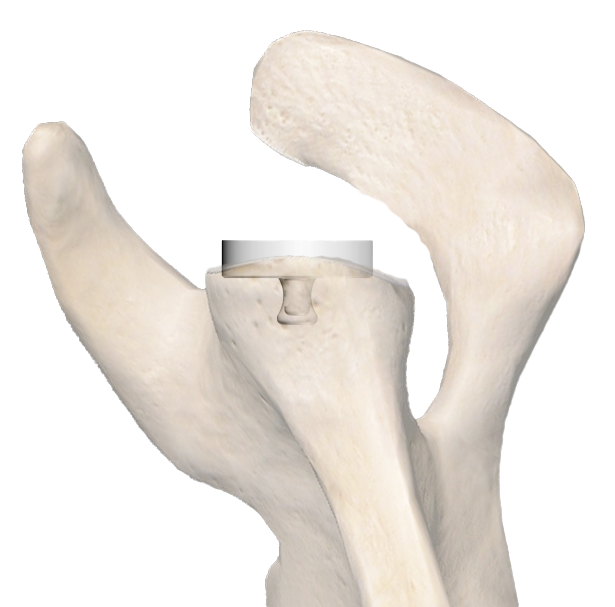
The InSet™ glenoid requires less volumetric bone removal than a standard curved back glenoid. This is especially true in the central position of the glenoid where, arguably, the best bone resides.
The reduction in bone volume can be attributed to the circular design of the reamer and glenoid as well as the flat back design.
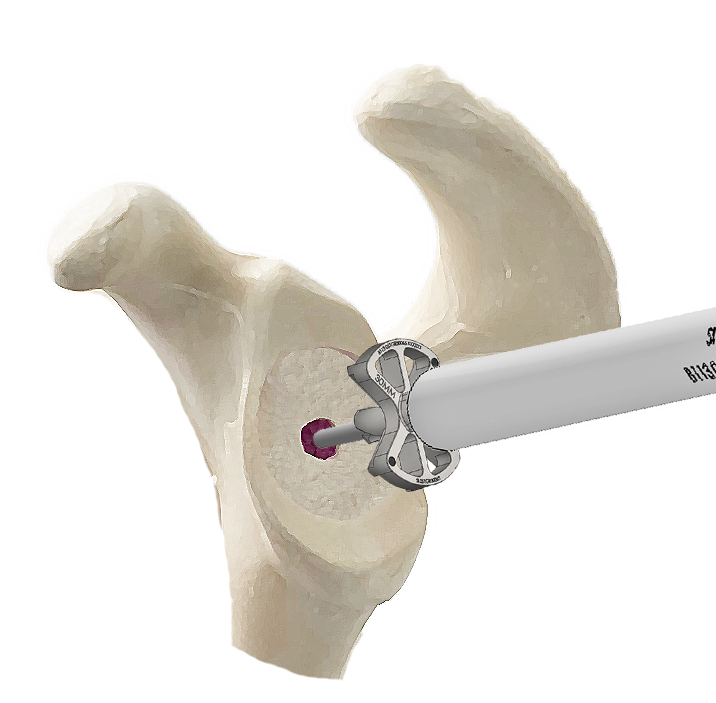
The unique flat-backed design of the InSet™ which mills a flat surface utilizes the peripheral bone and requires a minimum depth of the pocket for implantation and rigid fixation.
The result is less bone removal, especially in the central region, which can be an advantage in a variety of applications such as the A2 or bowled glenoid.
Glenoid Implant Diameter Sizes
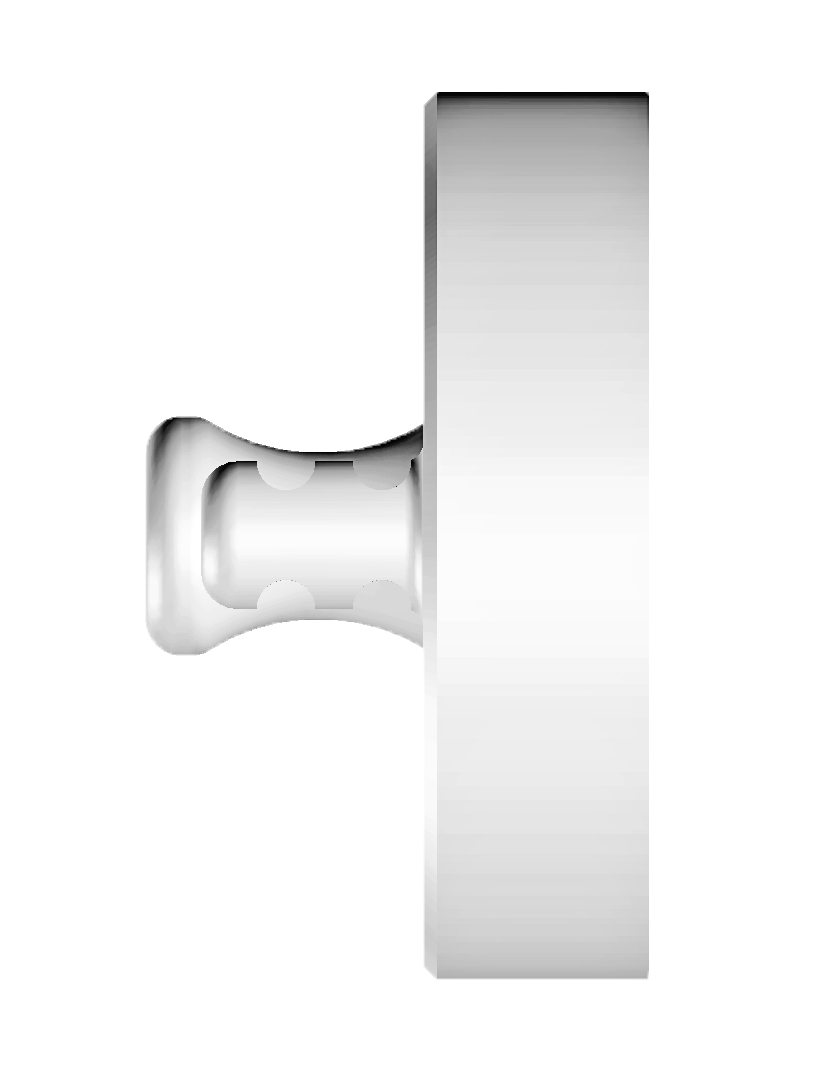
The uHMWPe InSet™ glenoid implant is available in five sizes, each with two thicknesses.
- 20mm
- 22mm
- 24mm
- 27mm
- 30mm
Each size is offered in 6 and 8 mm thicknesses.
